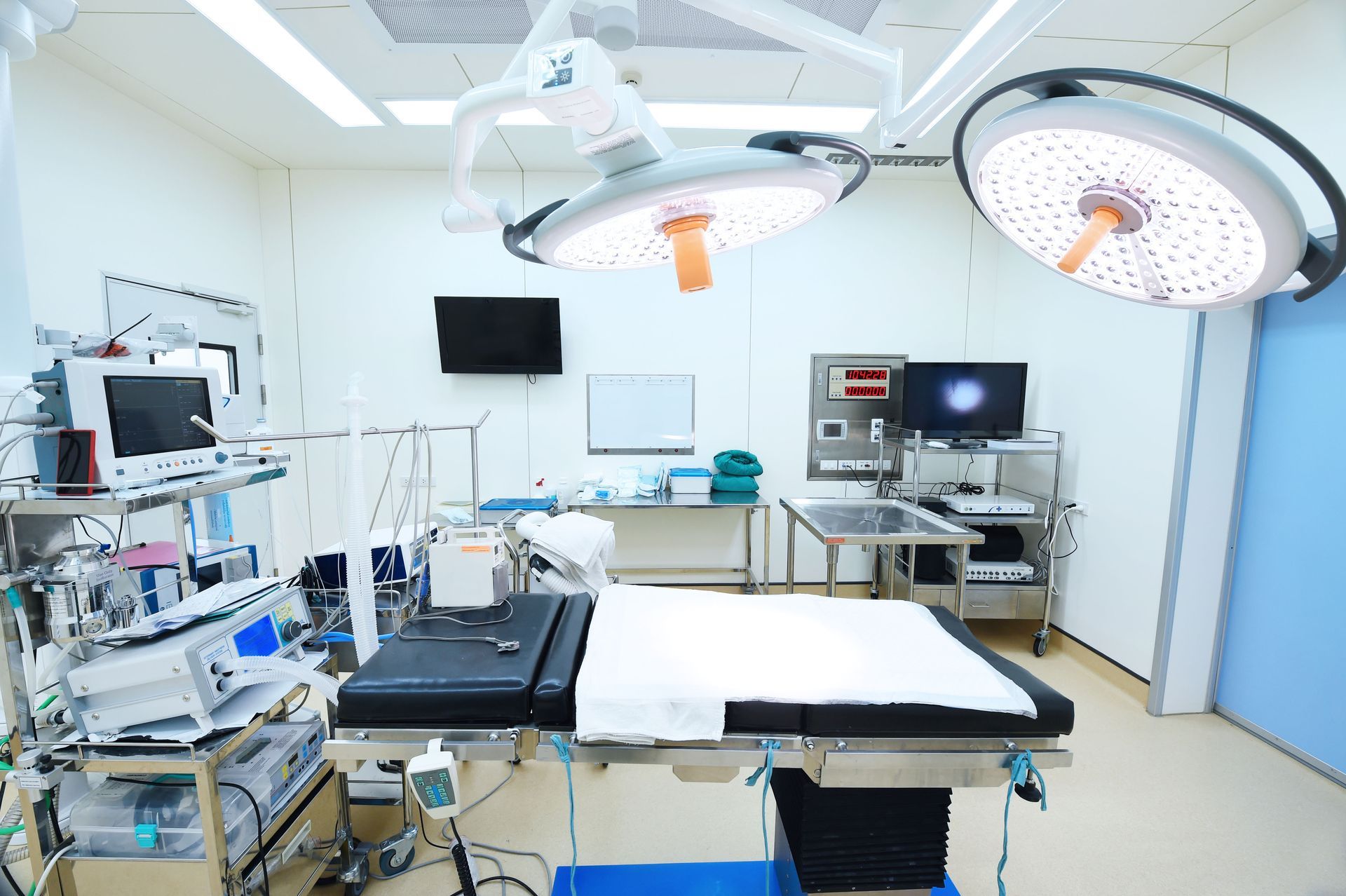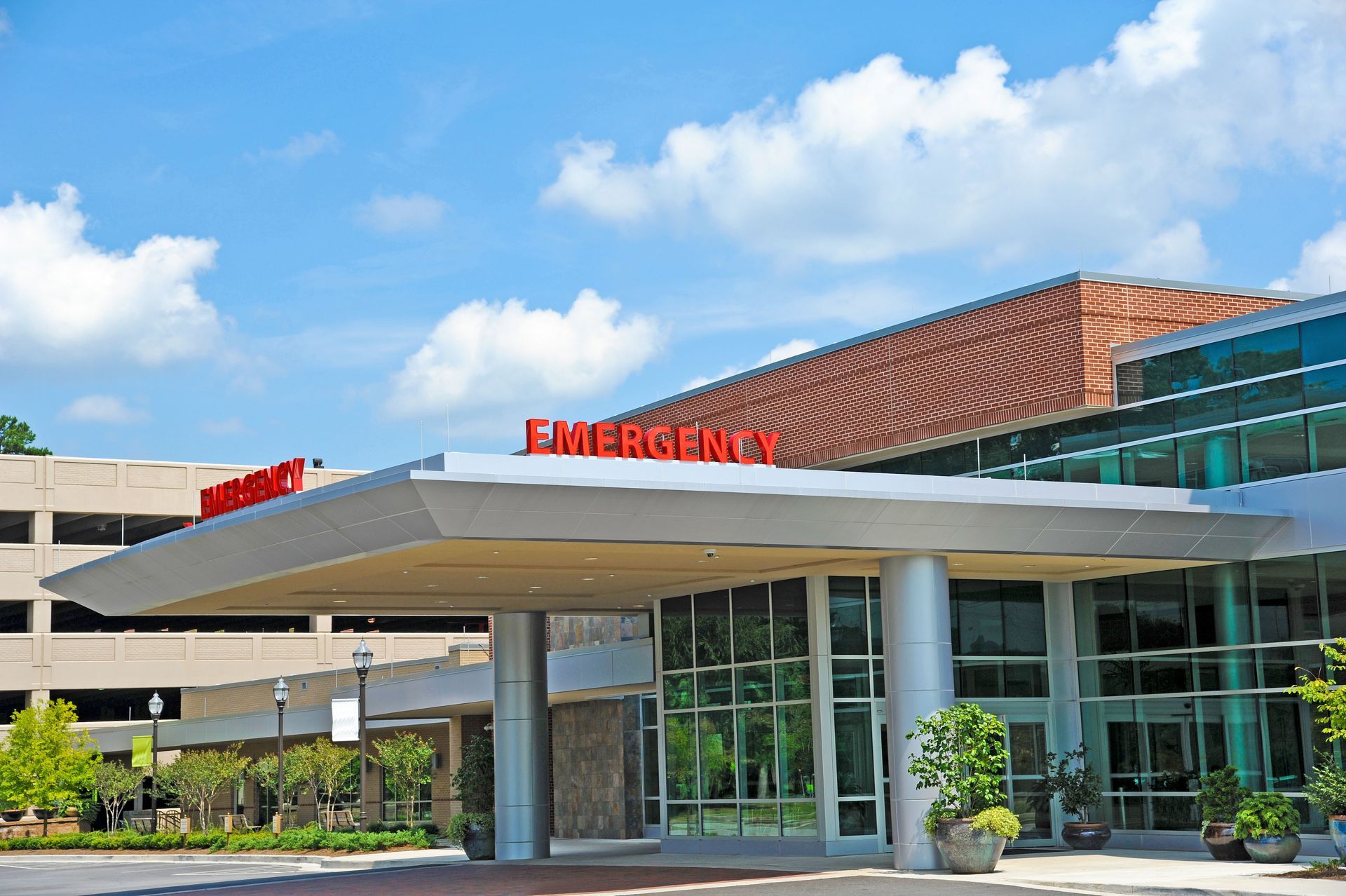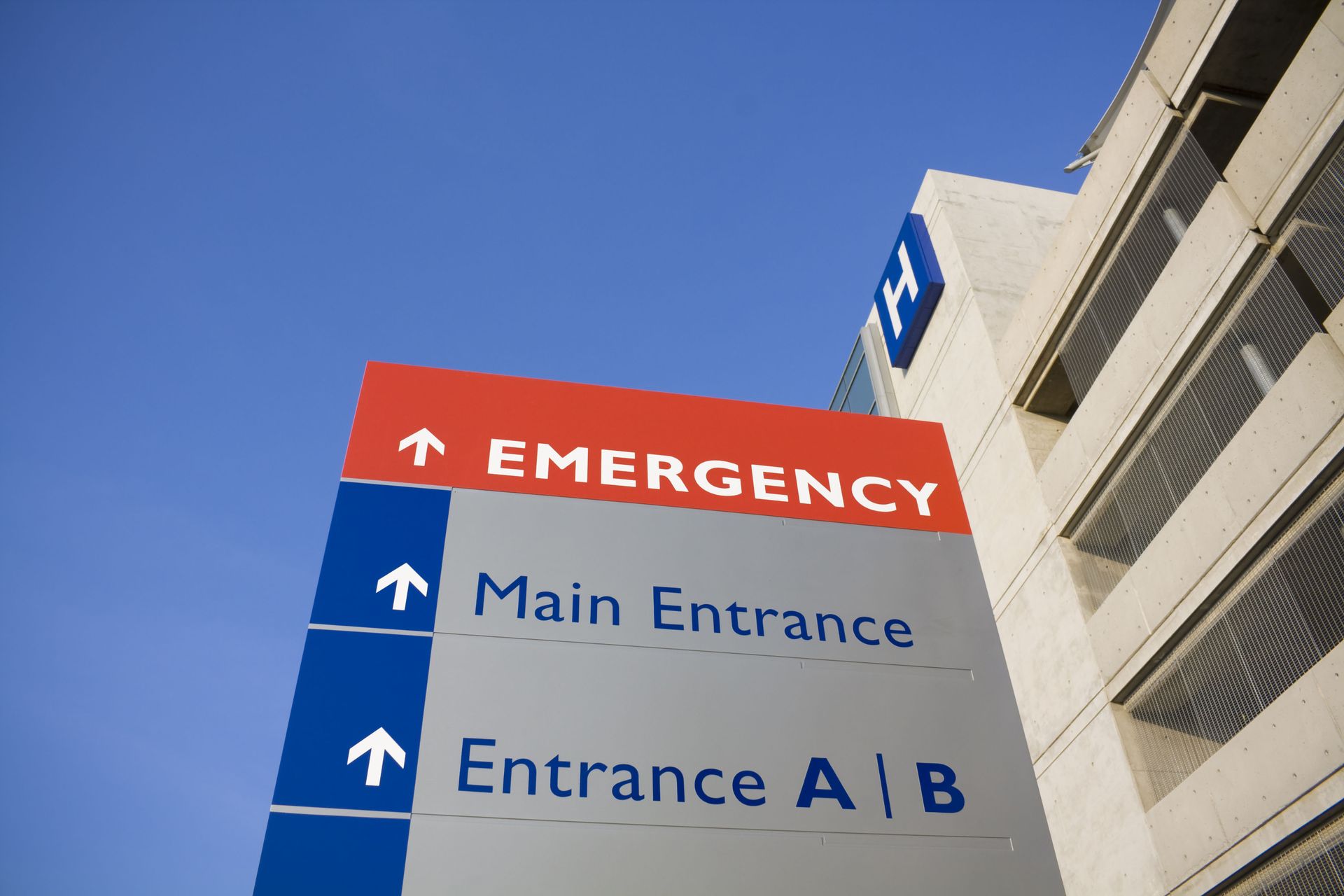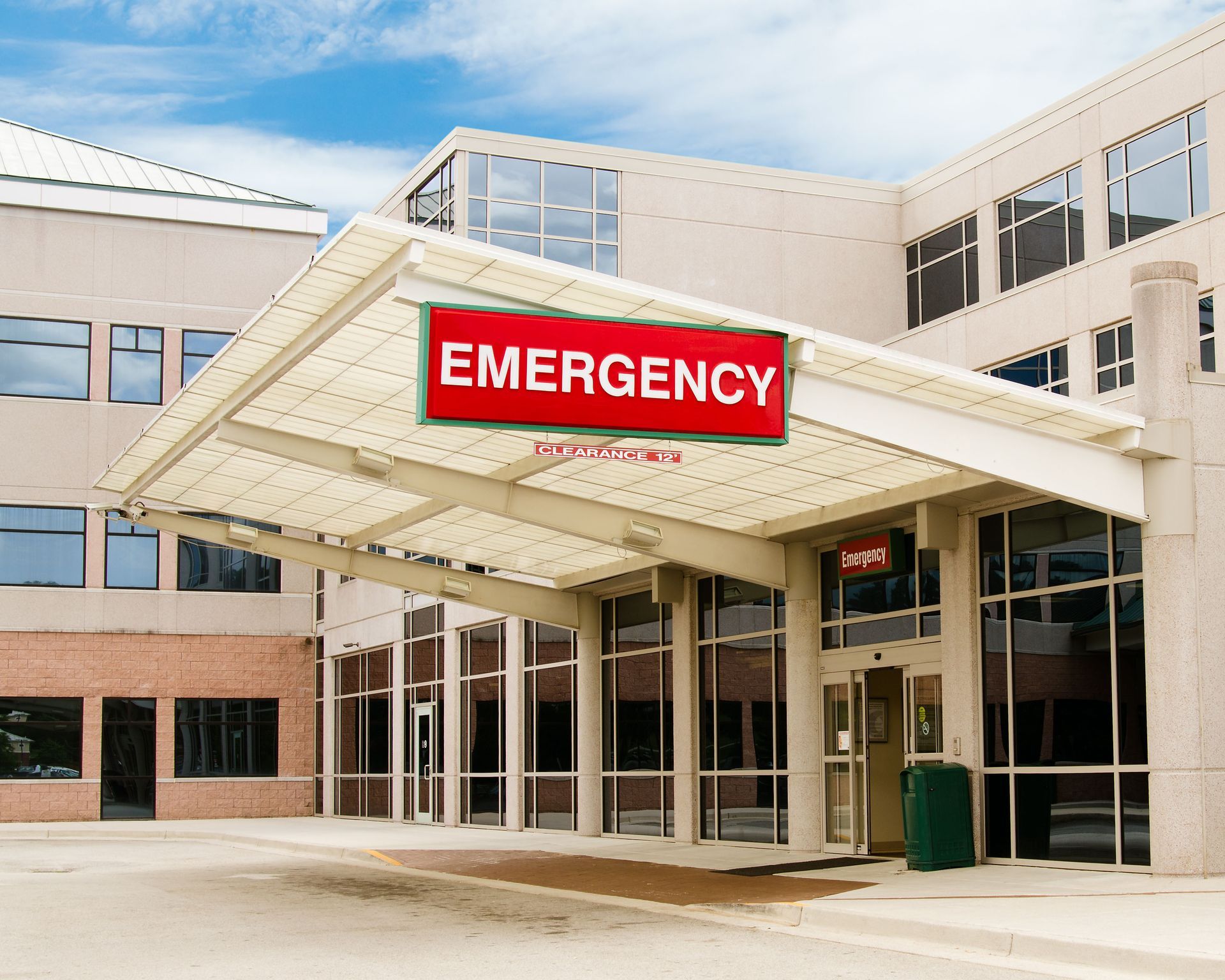How Trauma Centers Operate During Emergencies
In the wake of any emergency, trauma centers serve as the front lines of healthcare, acting swiftly to manage life-threatening situations. The efficiency and organization within these centers are crucial, as they often make the difference between life and death for patients. Understanding how trauma centers operate during emergencies can provide valuable insight into the complexities and challenges that healthcare professionals face in these high-pressure environments.
The Role of Triage in Emergency Situations
One of the critical components of a trauma center's operation is triage, the method by which patients are prioritized based on the severity of their conditions. In an emergency, trained medical personnel rapidly assess incoming patients to ensure that those needing immediate care are attended to first. This structured approach is vital during large-scale emergencies when resources can be stretched thin. The ability to quickly and accurately prioritize cases allows trauma centers to save lives and manage cases efficiently.
Efficiency in Patient Response
Speed and efficiency are paramount in emergency care, and trauma centers excel in their ability to deliver rapid treatment. According to the National Center for Health Statistics, 41% of patients who seek emergency care are addressed within 15 minutes. This statistic underscores the critical role that timely intervention plays in patient outcomes. Trauma teams are composed of various specialized professionals who work collaboratively to address medical crises as they arise, effectively managing their designated roles to optimize patient care.
Communication Among Staff
Communication and coordination are also key elements in the operation of trauma centers during emergencies. The collaboration between different healthcare providers, from surgeons to nurses to administrative staff, ensures that all aspects of patient care are addressed promptly and efficiently. The use of standardized communication protocols aids in minimizing errors and enhancing the overall quality of care, which is especially crucial in unpredictable and chaotic emergency scenarios.
Advanced Medical Technology
Another significant aspect of trauma center operations is the integration of advanced technology and medical equipment. State-of-the-art diagnostic tools and life-support systems are essential in providing immediate care for critical injuries. Access to such technology allows trauma centers to conduct swift assessments and commence necessary interventions almost instantaneously. This integration is vital, as it supports the medical team's efforts to stabilize patients and improve their chances of recovery.
Staff Readiness in an Emergency
Further supporting the operation of trauma centers in emergencies is the continuous improvement and readiness training that medical staff undergo. Regular drills and simulations ensure that each team member is well-prepared to handle a variety of emergency situations. These exercises help in refining procedures and identifying potential areas for improvement, ultimately enhancing the overall efficiency and effectiveness of the trauma center when genuine emergencies occur.
Infrastructure for Emergencies
In addition to medical operations, trauma centers must maintain infrastructure that supports a surge in patient volume. This includes having designated trauma bays, scalable staffing protocols, and accessible blood banks and surgical suites. Emergency planning also involves regional coordination with other hospitals, ambulance services, and emergency management agencies to ensure a cohesive and responsive network during large-scale disasters. These plans are tested regularly and refined based on emerging challenges, such as pandemics or mass casualty events.
Psychological Support for Patients
High-stress environments take a toll not just on patients, but also on the medical professionals involved. Many trauma centers incorporate psychological support services to address the mental health needs of both. Social workers, counselors, and crisis response teams are often on call to support patients and families dealing with trauma. Likewise, debriefings and mental health resources for staff are increasingly recognized as essential components of long-term operational success and staff retention.
Trauma centers play an indispensable role during emergencies, offering a structured and highly efficient response to critical medical situations. From managing mass casualty incidents to handling individual traumas with precision, these facilities function as essential pillars of community health. Through a combination of rapid triage, effective communication, advanced technology, and continuous training, these centers are able to manage the complexities of emergency care. Understanding how these elements come together highlights the dedication and expertise of healthcare professionals who work tirelessly to save lives when every second counts. If you're seeking quality freestanding emergency care or trauma center, contact Lonestar 24 HR ER.











Share On: